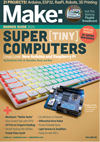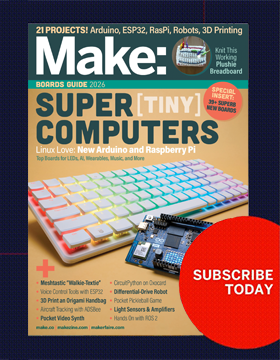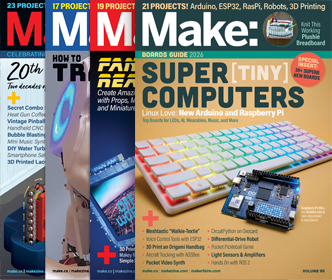Showing Off Aluminum’s Natural Reactivity via Gallium Alloy
Very interesting vid from 16-year-old Hayden Parker, who impressed me greatly with his animated chemistry demonstrations at Maker Faire. Metallic aluminum can be dissolved in liquid gallium to create an aluminum-bearing alloy that is liquid at ambient conditions. Because it can flow in the alloy, the aluminum cannot form a stable passive oxide layer and will react violently with water, which nicely demonstrates the normally-hidden high natural reactivity of metallic aluminum.






